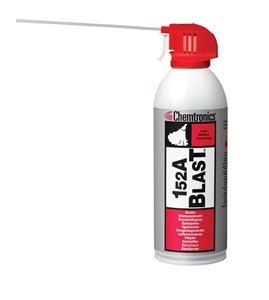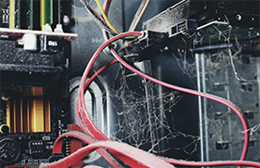
TDS
SDS (GHS)
152a Blast - Air Duster
152a Blast™ compressed air is an economical general-purpose duster with a bigger blast for cleaning applications. Its exceptional purity jet instantly cleans surfaces free of particulate contamination. 152a Blast™ is engineered to remove dirt, dust, oxide particles and other airborne particles instantly, and can be used to facilitate the accelerated drying of solvent cleaners. Not for use near flames, ignition sources, nor sources of static discharge.
Features & Benefits
- Safe on plastics
- High powered cleaning strength
- Flammable
- Zero VOC
- 100% pure HFC-152a
- 1/10th Global Warming Potential of HFC-134a
Applications
- Cleaning dust and particles from de-energized electronics
- Maintenance and repair of de-energized computers, postage meters, and servers
| Shelf Life | 10 yrs. from production |
|---|---|
| Shipping Name | Cleaning Compound |



